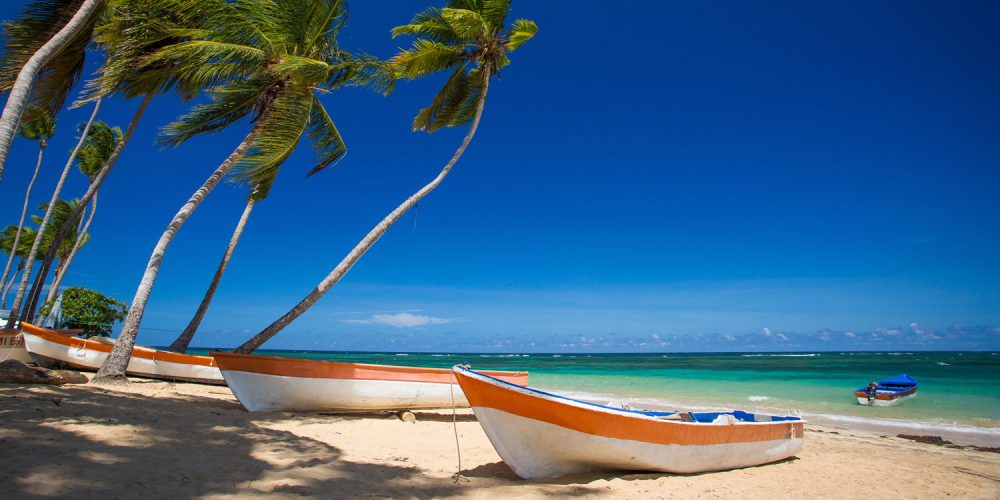
The Dominican Republic is a vibrant country located on the island of Hispaniola in the Caribbean. It shares the island with Haiti and is known for its stunning beaches, rich culture, and historical significance.
### Key Highlights
– **Capital and Largest City**: Santo Domingo, the oldest continuously inhabited European settlement in the Americas.
– **Language**: Spanish is the official language.
– **Population**: Approximately 11.4 million people as of 2024.
– **Economy**: The Dominican Republic has a diverse economy, with tourism, agriculture, and services being major sectors. The country is famous for its resorts, beautiful landscapes, and vibrant culture.
– **History**: The island was inhabited by the Taíno people before Christopher Columbus arrived in 1492. It became the site of the first permanent European settlement in the Americas.
### Attractions
– **Punta Cana**: Known for its beautiful beaches and all-inclusive resorts.
– **Santo Domingo**: Offers a mix of colonial history and modern attractions, including the Zona Colonial, a UNESCO World Heritage site.
– **Samaná Peninsula**: Famous for whale watching and pristine beaches.
– **Jarabacoa**: A hub for eco-tourism and adventure sports like rafting and hiking.
### Culture
The Dominican Republic is renowned for its music and dance, particularly merengue and bachata. The country also celebrates numerous festivals and has a rich culinary tradition, with dishes like sancocho and mangu being local favorites.
Whether you’re interested in history, nature, or simply relaxing on a beach, the Dominican Republic offers something for everyone. Have you ever visited or are you planning a trip there?
The history of the Dominican Republic is rich and complex, spanning centuries of indigenous culture, European colonization, and struggles for independence.
### Pre-Columbian Era
Before European contact, the island of Hispaniola was inhabited by the Taíno people, an Arawakan-speaking group. They called the island Quisqueya, meaning “mother of all lands.” The Taíno had a well-organized society with a rich culture and economy based on agriculture, fishing, and trade.
### European Colonization
Christopher Columbus arrived on Hispaniola in 1492, claiming it for Spain and naming it La Isla Española, later Latinized to Hispaniola. The Spanish established the first permanent European settlement in the Americas, Santo Domingo, in 1496. The colonization led to the drastic decline of the Taíno population due to diseases, forced labor, and violence.
### Colonial Struggles
Hispaniola was a focal point of colonial rivalry. In 1697, the western third of the island was ceded to France, becoming Haiti, while the eastern part remained under Spanish control. The entire island briefly came under French control in 1795 but was returned to Spain in 1809.
### Independence Movements
In 1821, the eastern part of Hispaniola declared independence from Spain, forming the Republic of Spanish Haiti. However, it was soon occupied by Haiti until 1844, when the Dominican Republic gained its independence after the Dominican War of Independence.
### 19th and 20th Centuries
The 19th century was marked by political instability, with numerous changes in leadership and foreign interventions. The Dominican Republic experienced a brief return to Spanish rule from 1861 to 1865. The early 20th century saw the United States occupy the country from 1916 to 1924 to stabilize the region.
### Trujillo Era and Modern History
Rafael Trujillo’s dictatorship from 1930 to 1961 was a significant period, characterized by severe repression and economic development. After his assassination, the country faced political turmoil, including a civil war in 1965, which prompted another U.S. intervention. Since then, the Dominican Republic has gradually moved towards a more stable and democratic government.
The Dominican Republic’s history is a testament to its resilience and the diverse influences that have shaped its culture and society. If you have any specific aspects of its history you’d like to explore further, feel free to ask!
Leave a Reply